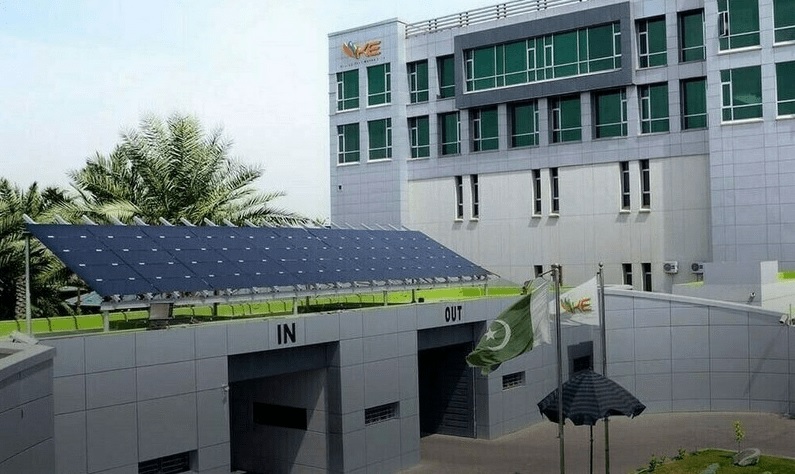Karachi, January 21, 2020: A survey of nearly 100 senior accountancy experts on economic conditions in Pakistan shows a marked increase in economic confidence during the last three months of 2019, recovering strongly to above both its long run and recent average levels.
However, the global report Global Economic Conditions Survey (GECS), jointly published by ACCA (the Association of Chartered Certified Accountants) and IMA® (Institute of Management Accountants) also points to an unusual economic picture for Pakistan: while confidence increased, the orders balance was weak and below average.
Explaining the situation, Sajjeed Aslam, head of ACCA Pakistan says: ‘This is unusual, but in fact it makes sense as the rise in confidence relates to progress in addressing structural imbalances while orders point to continued weak GDP growth in coming quarters.’
Results for Pakistan show:
· The focus of policy continues to be the correction of imbalances in the government and external sectors and the reduction of inflation from double digit rates to within a 5 to 7 per cent target range.
· There has been a big fall in the current account deficit, including a monthly surplus in October 2019, mainly as a result of weaker imports.
· The fiscal deficit is also declining as revenue raising measures instigated by the IMF take effect. The bad news is that inflation has increased in recent months, reaching 12.4% in December compared with just over 7% at the start of the year. Nevertheless, the State Bank of Pakistan kept interest rates on hold at 13.35% at its latest policy meeting in November.
· The outlook for the economy remains for modest growth of around 3.5% in 2020, below the long run average.
Sajjeed Aslam adds: ‘The view from Pakistan’s central bank is that temporary factors have pushed up inflation to an elevated rate, notably through food prices. As these effects diminish, inflation is likely to moderate. In addition, the State Bank of Pakistan notes that a stable currency and the end of monetary financing of government deficits have eased inflation expectations.’
The global picture
Global economic confidence bounced back in Q4 2020, to around its level in mid-2019. The global poll of 2,560 accountants shows that all key regions reported a bounce in confidence and the most confident part of the global economy was again South Asia and the Middle East.
In Q4, GECS’s inflation measure fell to the lowest level in three years at 42%. Inflation in developed and many developing economies is running at low levels. Indeed, in some cases concerns are growing that inflation is too low such that deflation cannot be ruled out Looking ahead, the GECS report takes an in-depth year ahead look at the prospects and risks facing the global economy in 2020, predicting that after slowing in 2019 the global economy is likely to expand at a steady if modest rate this year of close to 3%.
It also says that the risks of 2019 will mainly persist into 2020, including a re-escalation of trade tensions, geopolitical
Speaking of the global picture, Michael Taylor, ACCA’s chief economist added: ‘Many risks to the global economy in 2020 are the same as in 2019, including trade tensions between the US and China, which were a major cause of slowing global growth. Recent developments in this area have been positive, but risks of a re-escalation with renewed tariff increases remain. The Middle East is the current focus of geopolitical risk although the potential for conflict here to hurt the global economy through a surge in oil prices is much reduced.’
Sajjeed Aslam concludes: ‘What our GECS Q4 2019 emphasises is the fact that individual country’s economies are hyper-connected. Social, political or fiscal movements in one country affect another, sometimes very powerfully. There are risks ahead which need to be managed very carefully, such as debt levels which are at elevated levels and rising in many emerging markets.’









